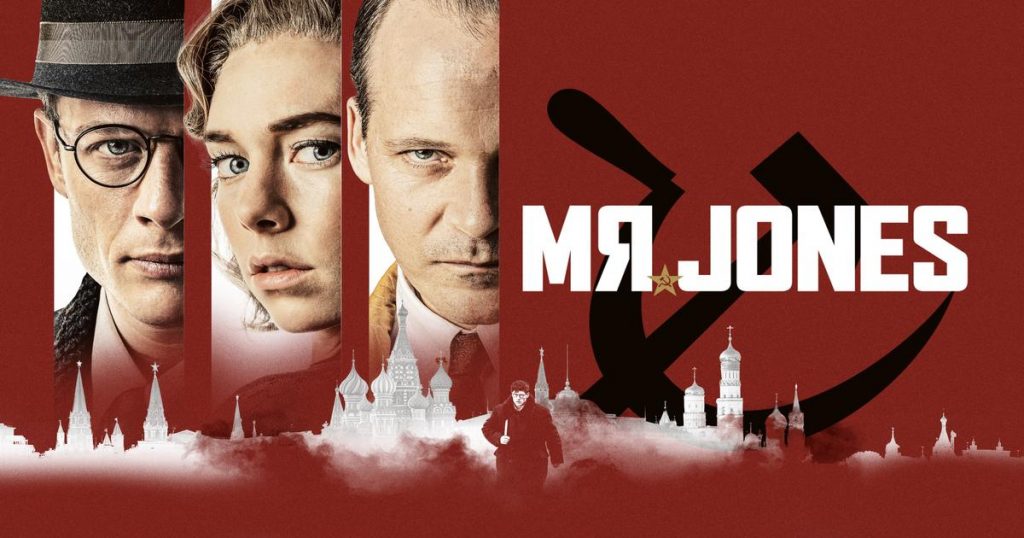Eighty-nine years ago, a famine swept Ukraine, a result of intentional policies instituted by the Soviet government. A combination of confiscated harvests and the rejection of aid lead to the starvation of millions of Ukrainians (the exact number is still debated, as reflected in a graduate student panel hosted by CHGS last year). The name given to this man-made famine, Holodomor, means to kill by starvation.
Although recognized by several international organizations and several nations as genocide, including the United States since 1984, the Holodomor is still little understood, and even less taught in the U.S. In a survey CHGS conducted of educators, less than 6% of teachers had an understanding of the Holodomor, and even fewer included it in their classroom lessons. Much of the shroud surrounding the genocide can be attributed to secrecy implemented by the Soviet government; understanding and awareness were kept under wraps until the fall of the Iron Curtain and the collapse of the Soviet Union.

This veil of secrecy surrounding the Holodomor is the theme of a recent film, Mr. Jones, released in 2019. The movie, starring James Norton as the titular Gareth Jones, centers on a reporter’s efforts to share news of the famine outside the Soviet Union after using his connections in the British government to gain entry into the Soviet Union. Mr. Jones hadn’t intended to cover the famine, but a delayed train to Moscow led to a stop in a rural Ukrainian village. What Jones found shocks him, prompting him to abandon his plans to write about the successes of Stalin’s government and raise the call for humanitarian relief for the people of Ukraine.
The narrative in Mr. Jones primarily focuses on the efforts of Jones to raise the alarm in the West and the security apparatus trying to stop him. As such, the film focuses less on the grisly images found in most genocide films, instead opting to tell the story of how the genocide was covered up. That’s not to say it’s not without brutality. In one particular scene, Jones comes across a village home, finding two small children without their parents. It’s not long before Jones realizes, to his horror, that children have taken to cannibalism when faced with starvation as a result of the famine.
Like The Cut or The Promise, both films about the Armenian genocide, Mr. Jones uses its two-hour run time to educate its audience on the Holodomor, opting for a pseudo-historiagraphy rather than delving into artistic expression. The Hollywood treatment of genocide has come with heavy hitters; The Promise cast included Golden Globe winner Oscar Isaac and Oscar winner Christian Bale. For its part, in addition to James Norton, Mr. Jones includes Vanessa Kirby and Peter Sarsgaard. The profile of its cast helped Mr. Jones garner wider attention, including its inclusion in this last summer’s virtual Minneapolis-St. Paul International Film Festival. While the film itself is based on true events, it’s clear there is a certain degree of creative license being taken. Soon after its release, the family of Gareth Jones complained about certain scenes which they felt were exaggerated for dramatic effect. While this may be true, the film does an admirable job explaining how the orchestrated deaths of millions of Ukrainians could go largely unnoticed for decades.
While Mr. Jones was screened as part of the 2021 MSPIFF, it is also available to stream on Hulu.
Recently, the CHGS has also hosted several events focusing on the Holodomor, including a conversation with descendants of Holodomor survivors in 2020 and a commemorative lecture marking Holodomor Remembrance Day last year. In 2019, the Immigration History Research Archive added a collection of testimonies from survivors and their families of the Holodomor.
Joe Eggers is the Assistant Director at the Center for Holocaust & Genocide Studies.


Comments